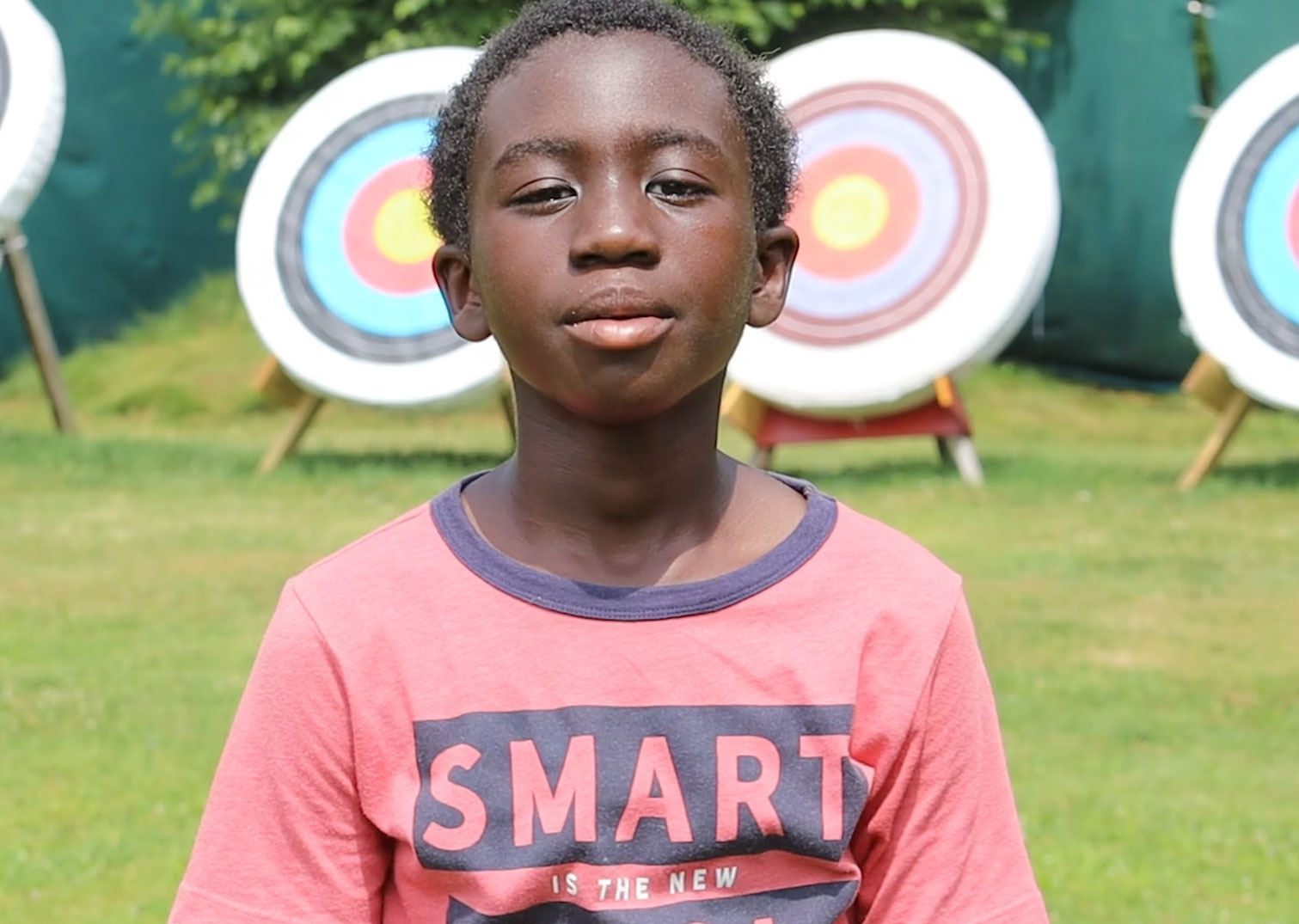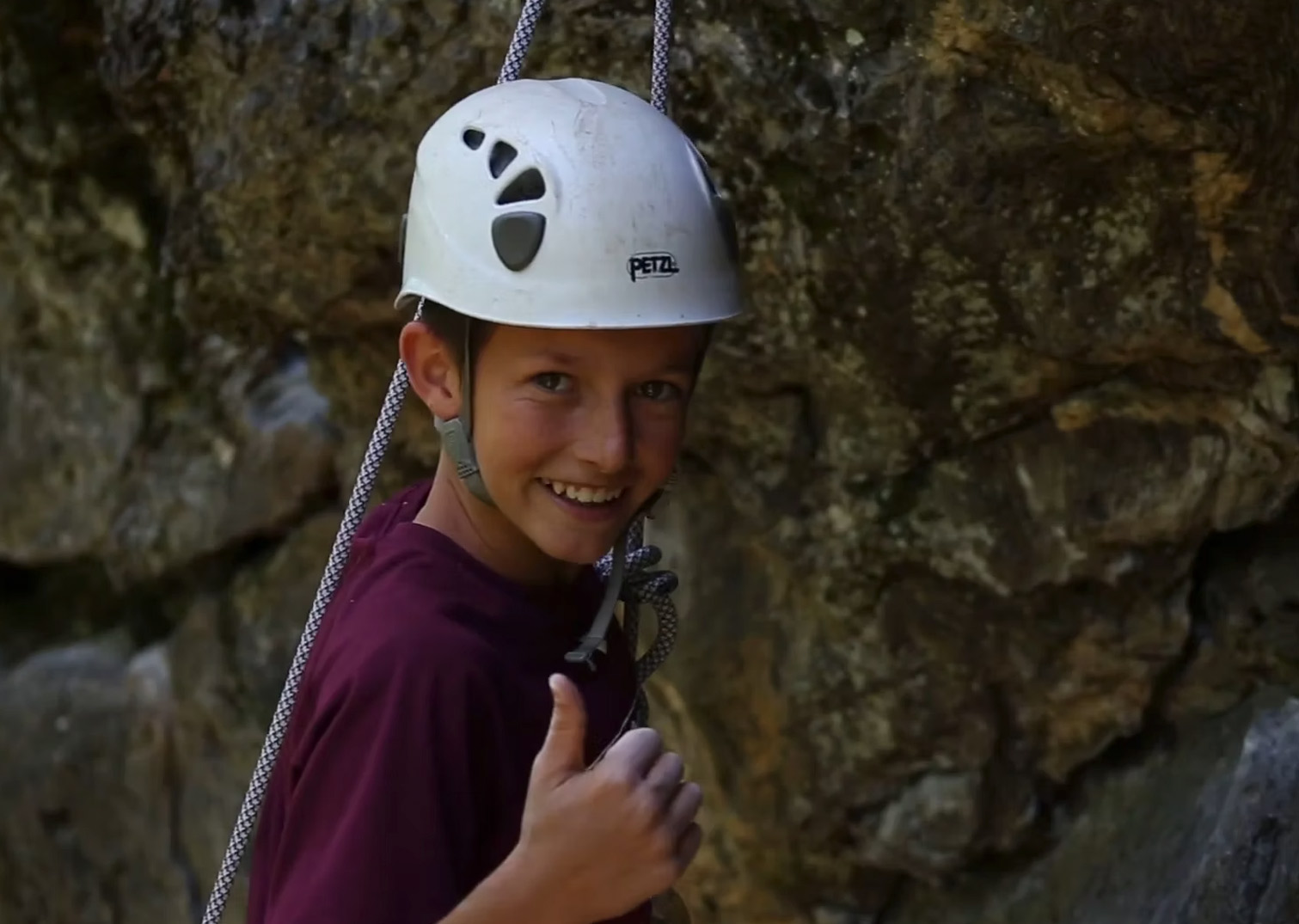Why Helping Your Teen Be Healthy, Happy, And Successful Might Be Easier Than You Think
Christine Carter is a famous author, speaker, and coach whose work focuses on helping kids and adults create courageous, joyful, meaningful, and productive lives.
Why Helping Your Teen Be Healthy, Happy, And Successful Might Be Easier Than You Think

Christine Carter is a famous author, speaker, and coach whose work focuses on helping kids and adults create courageous, joyful, meaningful, and productive lives.
By Bill McMahon, Co-Director
Christine Carter is a famous author, speaker, and coach whose work focuses on helping kids and adults create courageous, joyful, meaningful, and productive lives.
Christine is also a friend who I got to know when she was a parent and trustee at The Thacher School, where I am currently the Director of Enrollment and Planning.
She has written a new book which I highly recommend parents of middle and high school-age kids read. As the title makes clear, The New Adolescence: Raising Happy and Successful Teens in an Age of Anxiety and Distraction is a road map to help kids become their best selves during these crazy and dynamic times.
Christine writes the same way she talks: in a clear, positive, and down-to-earth manner that is very engaging and authentic. The book is a quick read. But just in case you don’t have the time, I have outlined some of the key points below. Enjoy!
“This is a terrifying time to be a parent” because teens are worse off than they have ever been relative to mental health.
Christine states: “While we’ve always known that teenagers can be moody, this is not what we are seeing here. Nor are we now newly detecting problems that have been in our society all along. The number of American adolescents who reported having had major depression in the preceding year has increased 52 percent since 2005, with the largest increases coming after 2011. The number of teens who visited emergency rooms for suicidal thoughts and suicide attempts doubled between 2007 and 2015. This isn’t a “phase” that teenagers are going to grow out of. Since 2008, there has been a 71 percent increase in young adults ages eighteen to twenty-five experiencing serious psychological distress.”
The good news is that we understand why this generation is different and why they are suffering, and this means that we understand what we can do to reverse and prevent the scary trends in mental health.
The prevailing narrative about why kids are suffering—that it is due to increased stress caused by college admission pressure and more homework—is not supported by the data.
Christine writes: “…Gen X actually did more homework in the 1990s than Gen Z are doing today.” She also points out that teenagers as a whole have more free time since they don’t hold paying jobs as often as they used to.
She also highlights that the anxiety being experienced does not go away once a young person is in college: “In fact, the American Freshman Survey recently documented the highest levels of unhappiness ever recorded in first-year college students. Every single indicator of a mental health problem measured in the National College Health Assessment has reached an all-time high. More than 63 percent of undergraduate college students felt ‘overwhelming anxiety’ in the last 12 months; 42 percent felt so depressed they could not function. And, like Sayra, 8 percent of college students intentionally injured themselves in the previous year, a 30 percent increase since 2011.”
The root of what ails teens is the “perfect storm” of increased pressure to achieve combined with a technological revolution related to how “…we all communicate, create, work, and think…”
Christine points out: “Today’s teenagers communicate with social media more than they see their friends in person. They binge-watch TV series alone in their rooms on personal devices instead of watching a sitcom in the family room. Many delay driving; affluent teens use Uber and Lyft. They shop online—clicking on ads that are served specifically to them—instead of hanging out at the mall with their peers.”
She goes on to state that our parenting and schools have not been able to keep up with this seismic shift in how teenagers live and learn. She highlights an expert who states: “When the rate of technological change exceeds our ability to adapt to it, as it now has, we human beings become ‘dislocated.’”
The good news is that “the solutions are right in front of us,” and as one of her chapter headings pronounces: “This is Going to Be Easier Than You Think.”
The broad strokes of her solution entail:
Christine also points out that an essential element in helping our teens is first taking care of ourselves and modeling healthy behaviors. Christine quotes a study that found the three most powerful “parenting practices” in terms of their influence on our teen’s “health, happiness, and school success” are:
She writes: “Here is what I think is amazing about this list of high-impact parenting practices: All of these things are free, all are possible for parents from all walks of life, and two of the three aren’t even parenting skills, per se.”
Maybe what I value most about Christine’s new book—beyond the fact that it is ultimately very positive in its outlook—is the way it provides real-world approaches and exercises that parents can immediately put into play with their kids.
Finally, if you ever have a chance to hear Christine speak, you should attend. She will impart some serious wisdom—and make you laugh in the process.














